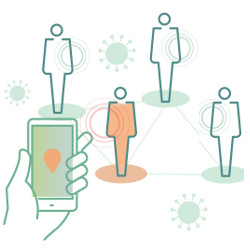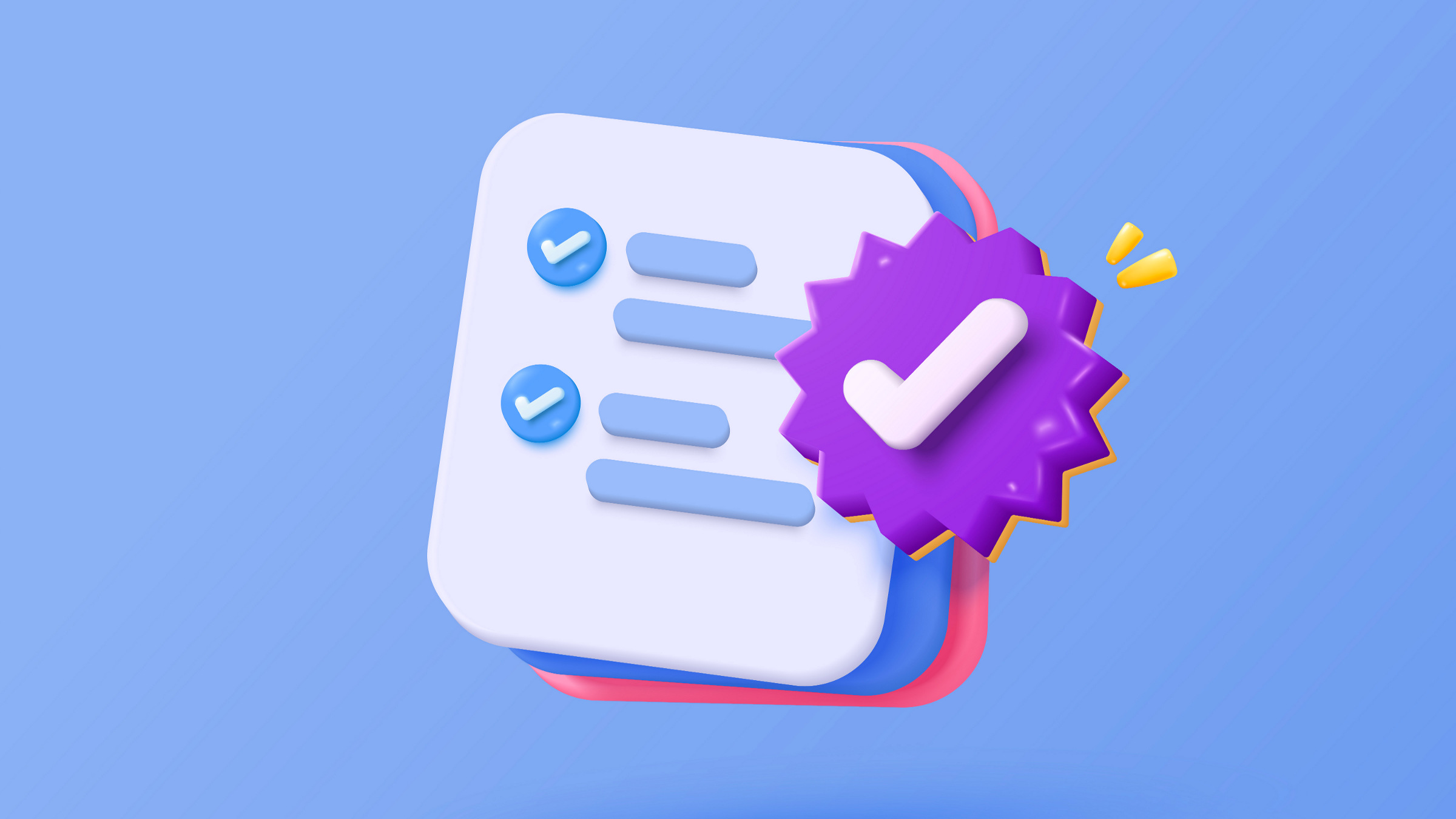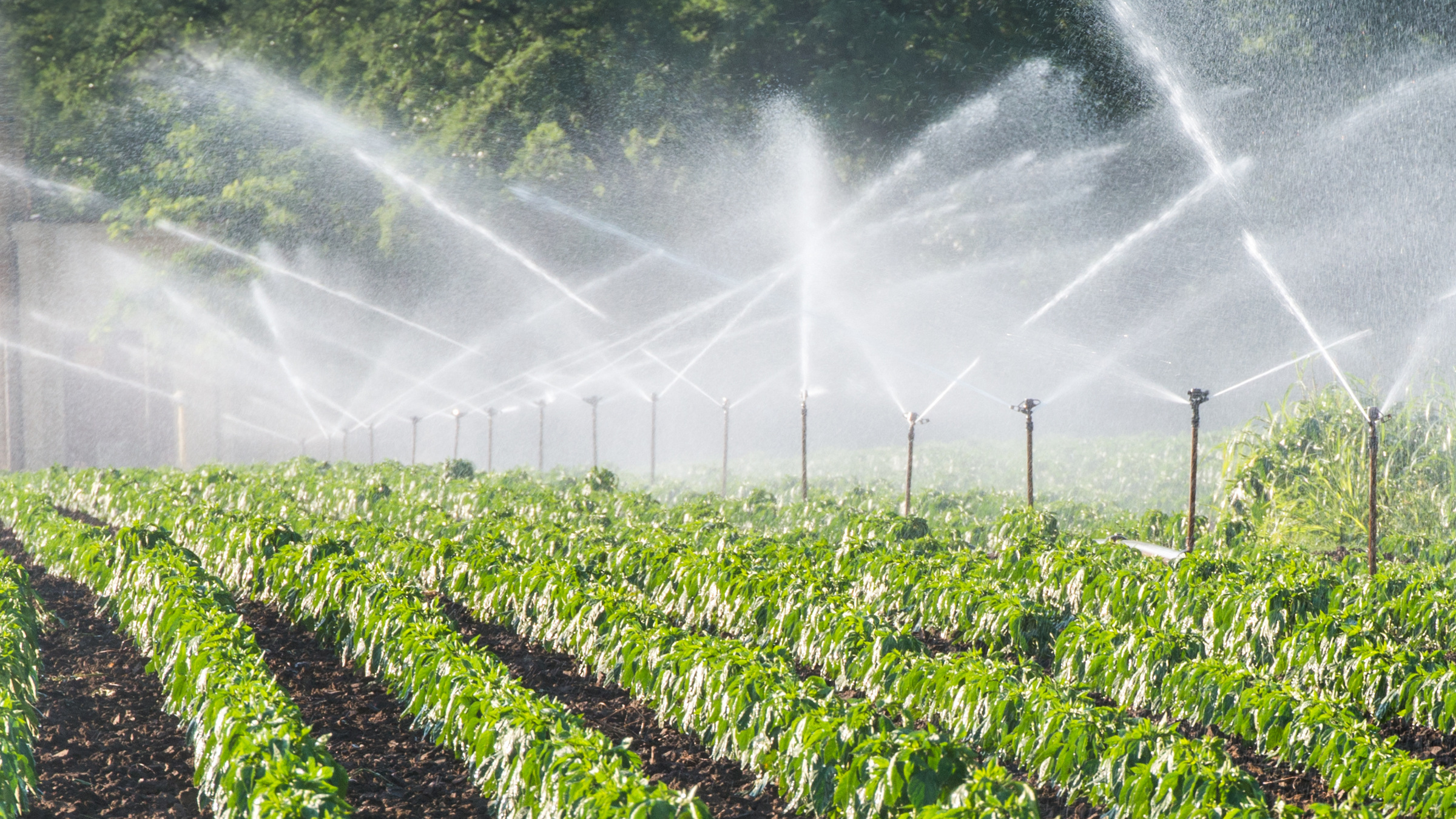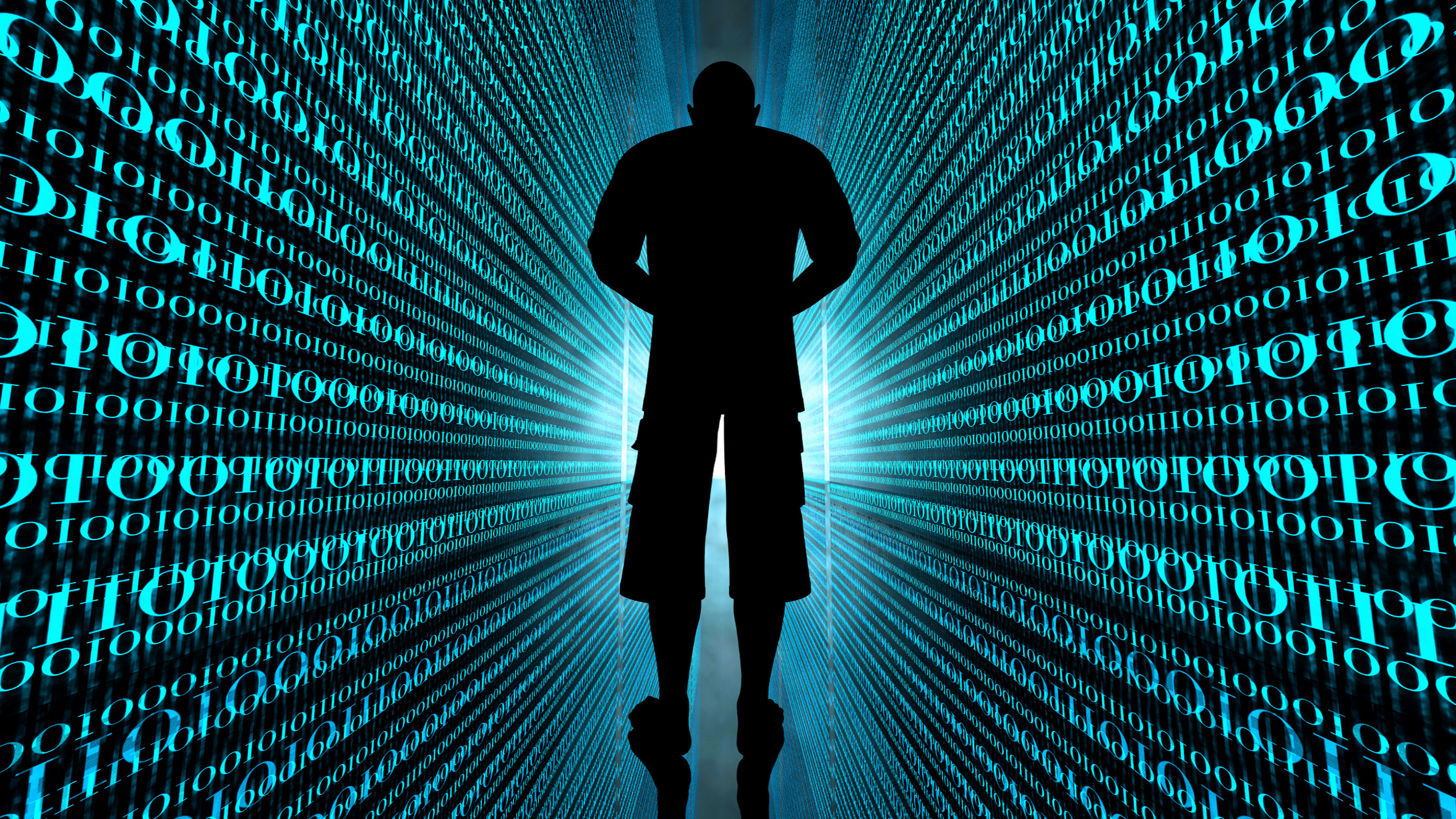
The rapid spread of COVID-19 around the world during the first quarter of 2020 spurred a massive response across the technological base, not least in computer and data science. Scientists and technologists both inside and outside healthcare snapped into action as the scale of the outbreak became clear, some providing techniques they had been working on for years, others proposing new projects all aimed at arresting the virus’ progress.
The European Molecular Biology Laboratory’s Bioinformatics Institute (EMBL-EBI), for example, already had a multiyear project underway to build a portal for anonymized genetic data from patients. Rolf Apweiler, co-director of EMBL-EBI, says it became clear at an early stage in the pandemic that those who suffered the most serious symptoms were “not only old people with underlying health conditions, but relatively young and healthy people. It is unclear why they are vulnerable and it may be in their genetic makeup. Understanding that is pretty important because if we want to go back to normal life, we want to find people who are vulnerable and need more protection.”
According to Apweiler, what would normally take several years was compressed to a matter of months. By mid-April 2020, the group had opened an early implementation of the portal.
Before the pandemic got underway, warnings about a new epidemic came from data mining systems already in place. Social media technology provided the earliest clues to scientists working outside China, when Canadian company BlueDot and two research groups independently registered online chatter about a pneumonia-like disease at the end of December 2019. In internal reports, Chinese authorities had noted the existence of a novel virus-borne disease only a few days beforehand.
As the first wave passed, suppressed in many developed nations by a broad-brush lockdown and social-distancing campaign, the loose coalition of technologists working on data-driven methods to combat the disease turned their attention to ways to build a smarter strategy for controlling the spread of SARS-CoV2, the virus that causes COVID-19.
Statistics from countries in the Far East that made extensive use of testing followed by interviews to trace contacts showed early on how effective those tactics could be without incurring the high economic costs of broadly applied lockdowns. At the end of March, a group of data scientists working in Europe and the U.S. released a paper in which they proposed using mobile-phone data to help drive a public-health response. They argued failure to do so would be “missing an opportunity.”
Whereas social media data of the kind used by BlueDot suffers from biases because it can only reflect the habits of highly engaged users, the prevalence of smartphone use in the population held the promise of delivering much better information at scale. Data from smart devices collected by Apple and Google showed how mobility dropped in the wake of the lockdown in various countries around the world. This data fed into increasingly detailed epidemiological models used to predict the rate at which the virus was expected to spread.
Although like many other governments, prime minister Boris Johnson’s administration seized on the idea of using smartphones to make social-distancing and self-isolation more precise, the situation in the U.K. demonstrated a number of the key problems that lie behind any system that relies on consumer devices.
One is a conflict with rights to privacy. Used primarily to support a program of manual contact-tracing, South Korea’s Corona 100m app was rolled out in early February and used location data from GPS to warn users if they were in close proximity to people who were infected. Though it has clear ramifications for personal privacy, the government had the power to require the app’s usage, thanks to legislation passed in the wake of the 2015 MERS epidemic, together with the promise that such data would be deleted once the emergency passes.
In late April, several hundred scientists and researchers around the world published an open letter warning other governments of their concerns that similar apps would be launched without safeguards and lead to the routine tracing of populations.
The U.K. government proposed holding contact data for as long as 20 years, which drew immediate criticism from researchers.
As the open letter noted, location-based systems have other problems as well. Systems like GPS and Wi-Fi-based triangulation do not have the accuracy required to detect close contacts reliably. The scientists and researchers instead recommended the use of Bluetooth, which came with two stated advantages. That technology’s relatively short range makes it a reasonable proxy for proximity detection, but it does not rely on a reported physical location, so exchanges between nearby devices can be anonymized through frequent key or ID changes. If a user enters a positive test result into their app, one or more weeks’ of key are sent to a cloud server. Other users’ handsets periodically query that server for recently logged keys and pick up the infection data when they find a match.
In common with France, the British favored the creation of a tracking app based on a centralized architecture, where the keys and matched contacts are stored on a server for long periods, in contrast to an app design proposed by Apple and Google that only stores contact data on the handsets themselves. The U.K. government proposed holding contact data for as long as 20 years, which drew immediate criticism from researchers, not least because of the way it could put off users from downloading and using the app.
Michael Lewis, a professor of life science innovation at the U.K.’s University of Birmingham, says, “People are justifiably concerned about how this data is going to be used.”
Wary of privacy issues themselves, Apple and Google said they would not support projects that had insufficient confidentiality guarantees. This effectively ruled out the use of the code in centralized architectures: the U.K. and France would each have to develop their own protocols to let phones talk to each other. Faced with the prospect of not having an app until late autumn, while Germany and other countries were rolling out software based on the Apple-Google protocol in late May and June, the U.K. government decided to switch to the decentralized architecture so it could make up some lost time by switching to the shared library.
Despite being relatively early to release its own Bluetooth-based TraceTogether app in mid-March, only a quarter of the Singapore population had downloaded and activated the app three months after its rollout. Some researchers pointed to the need for at least 60% of the population to use such an app to make it effective. However, Jason Bay, lead engineer on the project, stressed not long after its launch that an app like Trace-Together could only work as a backup to manual tracing. Weaknesses in the resolution of Bluetooth meant significant potential encounters would simply not register in many cases, and similarly could generate many false positives, such as “contacts” for phones connecting through walls and partitions. In the view of Bay and others, manual tracing based on interviews would yield many of the most important interactions, though they are significantly more expensive to administer.
Modeling showed other issues that would reduce the effectiveness of smartphone-based apps compared with more labor-intensive tracing methods. A report for the U.K. government written by the Royal Society’s Data Evaluation and Learning for Viral Epidemics (DELVE) group in late May amplified the point, arguing that an app’s primary benefit would be one of quickly communicating the possibility of close contact with an infectious person, but would have limited impact. The report emphasized how countries that deployed apps relied on a battery of measures of broader social-distancing measures. Simulations performed by the group indicated that the reduction in virus spread with an app used as the primary mechanism for virus control tops out at 15%. Isolation after users report COVID-19 symptoms, but before taking a confirmatory test, would yield a further 5% reduction, according to the predictions.
Another course being pursued by digital technology researchers is to use the sensors in a smart device to detect symptoms as early as possible.
Simulations found the key issue lay in testing those most likely to be infected as quickly as possible. At the start of 2020, many countries that had not put into place pandemic-response programs faced testing bottlenecks that delayed the results. In response, governments have worked on improving test capacity, while some research teams try to find more streamlined diagnostics that could provide results in minutes rather than days, and so drive the response time down.
Another course being pursued by digital technology researchers, but one that inevitably takes time to establish as reliable, is to use the sensors in a smart device to detect symptoms as early as possible. Cecilia Mascolo, professor of mobile systems at the University of Cambridge, was leading a team working on one system that detects changes in the voice to detect cardiovascular problems, before switching to Covid-19 detection in the spring. “Being as it is a respiratory disease, we thought many of the symptoms could come out of audio samples,” she explains. “We can use microphones that are already embedded in what we carry: it should allow scale-up to populations relatively affordably.”
Other teams have decided to focus on consumer wellness devices, such as FitBits and Apple Watches, that record heartrate and other physiological indicators. Duke University started recruiting owners of compatible devices for its CovIdentify project in April, with the aim of obtaining useable results before the end of 2020. They expanded the project in June to try to engage underserved communities by providing low-cost health-tracking devices to volunteers. Though such apps would not replace a test, they could form the basis of future track-and-isolate programs designed to take advantage of the extra reduction in virus spread scientists believe is possible compared to an isolation strategy based on medical-grade testing alone.
Though privacy concerns limit the quantity of information they will be able to use, as the pandemic gradually clears, researchers will have data from the most closely tracked outbreak of its kind to gauge the effectiveness of the many strategies countries have used to tackle Covid-19. But the pandemic has reinforced the notion that there are limits to what data science can achieve, despite the clear cost-savings and efficiency that technology promises.
Oliver, N. et al
Mobile Phone Data and Covid-19: Missing an Opportunity?
ArXiv preprint. arXiV:2003.12347
Kaafar, D. et al
Joint Statement on Contact Tracing Open letter: https://cispa.saarland/de/2020/04/20/joint-statement-on-contact-tracing.html
Sturniolo, S. et al
Testing, tracing and isolation in compartmental models MedRxiv preprint.
DOI:10.1101/2020.05.14.20101808
He B., Zaidi, S., Elesedy, B., Hutchinson, M., Paleyes, A., Harling, G., Johnson, A., Teh, Y.W.
Effectiveness and Resource Requirements of Test, Trace and Isolate Strategies DELVE initiative Technical Document #3. https://bit.ly/31dFGT1




Join the Discussion (0)
Become a Member or Sign In to Post a Comment